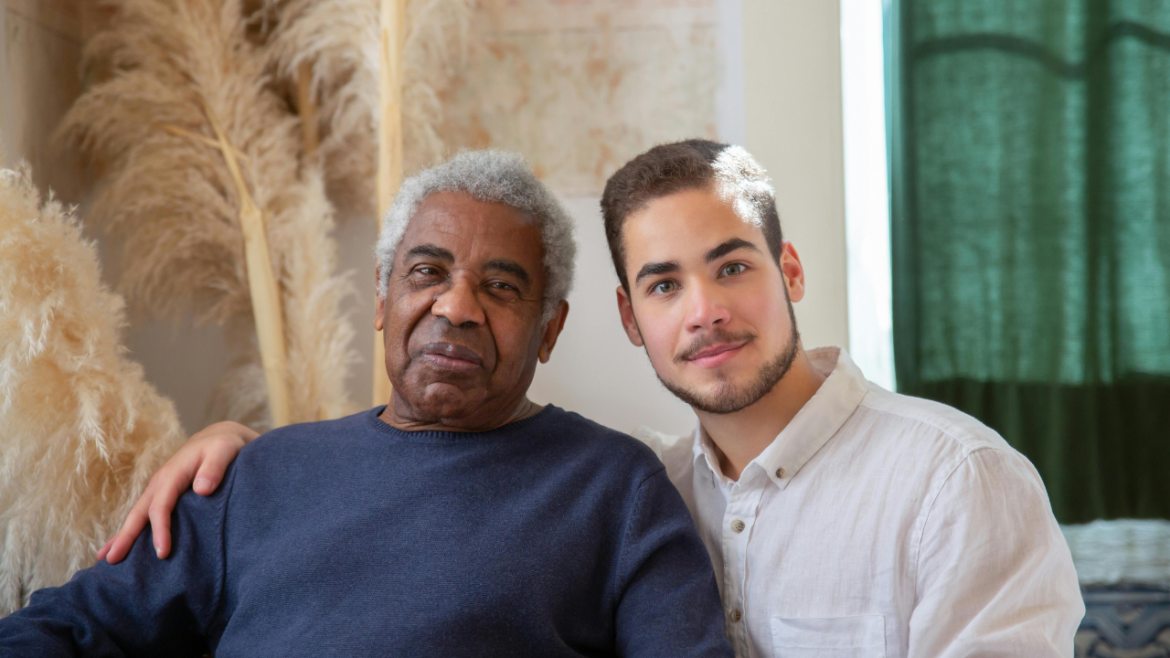Home Safety Tips For Seniors With Dementia
Caring for a senior with dementia brings moments of deep love and profound challenge. Dementia changes how the brain perceives surroundings, turning once-familiar spaces into sources of confusion and risk. Simple rooms may suddenly seem unfamiliar, while common household items can become obstacles.
For caregivers and families, ensuring that the home remains a safe and comforting place is one of the most meaningful ways to protect their loved one’s dignity and well-being. With careful attention and emotional understanding, a home can transform from a place of fear into a place of calm reassurance.
Creating A Safe Foundation
Safety begins with understanding how dementia affects daily living. Seniors with memory loss may forget where they are, misjudge distances, or struggle to recognize hazards. They might wander into unsafe areas or attempt activities they can no longer manage safely. These behaviors are not signs of carelessness; they are symptoms of the condition itself. Recognizing this allows caregivers to approach safety with empathy rather than frustration. When changes are made to protect rather than restrict, the home becomes an ally in caregiving rather than a constant source of worry.
The first step is removing potential dangers while keeping the environment comfortable and familiar. Too much change can heighten confusion, but small, thoughtful adjustments can make a big difference. Cluttered spaces should be cleared to prevent falls, and walkways should remain open and well lit. Safety rails or grab bars near beds and bathrooms offer both physical support and emotional comfort. These additions tell the senior, without words, that their safety is a priority. Every modification is an act of care — a quiet promise that they are valued and protected.
The Role Of Lighting And Familiarity
Lighting plays a surprisingly powerful role in home safety for seniors with dementia. Poor lighting can distort vision and create shadows that appear frightening or confusing. A hallway that seems harmless during the day may appear threatening at night. Gentle, consistent lighting helps reduce anxiety and creates a sense of stability. Natural light, when possible, supports healthy sleep patterns and orientation. Evening lighting should remain soft but bright enough to prevent disorientation. The goal is to guide rather than startle, to reassure rather than overwhelm.
Familiarity also contributes to safety. Keeping treasured photos, familiar furniture, and comforting objects visible helps maintain a sense of identity. While certain adjustments may be necessary, preserving elements of familiarity ensures that the home still feels like their own. A familiar setting grounds the senior in recognition and belonging, reducing wandering and confusion. Every familiar object acts as a silent anchor, connecting memory to the present moment.
Reducing Risks Without Reducing Freedom
One of the greatest challenges in dementia care is balancing safety with independence. Caregivers often fear restricting too much, yet the wrong level of freedom can result in harm. The key lies in creating spaces that allow safe autonomy. Kitchens, for example, can be adapted with locks or safety switches, while still allowing access to comforting routines like making tea or preparing a snack. Bedrooms and living areas should remain open and free of clutter, giving room to move without danger.
Caregivers can find peace knowing that thoughtful prevention encourages freedom rather than limits it. When seniors can safely navigate their surroundings, they regain a sense of confidence and calm. These moments of independence remind them, and their families, that dementia does not erase the person they once were. It only changes the way they need to be supported.
The Emotional Safety Of Home
Home safety is not only about physical protection; it is also about emotional well-being. Seniors with dementia often experience fear, confusion, and frustration. A calm and predictable environment helps reduce these emotions. Gentle routines, familiar sounds, and warm tones in decor create an atmosphere of comfort. Loud noises or sudden changes can trigger distress, while soothing surroundings encourage a sense of peace.
Caregivers should also remember that their own tone and body language influence the feeling of safety. Speaking softly, maintaining eye contact, and offering reassuring touch can help redirect anxiety. The emotional safety provided through compassion often matters as much as any physical modification in the home. When seniors feel secure emotionally, they respond with trust, reducing agitation and confusion.
A Place Of Comfort And Security
Home should always be a refuge. For seniors with dementia, that sense of refuge must be intentionally created through love and awareness. Every adjustment, from lighting a hallway to simplifying a bathroom layout, communicates care. Safety is not about control; it is about providing the conditions where calm, comfort, and connection can thrive.
Dementia may change how seniors experience the world, but it does not remove their need for dignity, peace, and familiarity. Through patience and understanding, families can transform their homes into sanctuaries that protect not only the body but also the heart. The goal is to help seniors live each day with confidence, surrounded by an environment that quietly whispers reassurance — you are safe, you are loved, and you are home.

